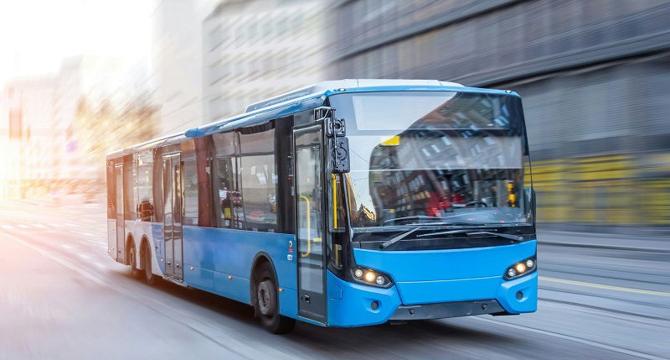Knowridge
4w
282

Image Credit: Knowridge
Smart payments could bring bus travel back in style
- A study suggests that smart changes in bus payment systems and real-time information could increase bus ridership by over 30% in southern England.
- Improving the passenger experience with modern technology like contactless payments and mobile apps can make bus travel more appealing.
- Survey data and machine learning tools were used to determine passenger preferences and behaviors.
- Easy payment methods and accurate bus arrival information were found to significantly influence people's choice of transportation.
- The goal is to make bus travel smoother and stress-free to encourage more people to choose buses over cars.
- Machine Learning Influence Flow Analysis (MIFA) helped predict the impact of changes in payment and information systems on public opinion and behavior.
- Challenges that deter people from using buses include complex payment systems, unclear schedules, safety concerns, and delays.
- Introducing smartcard payments, mobile apps with live tracking, and improved bus lanes can enhance the attractiveness of bus travel.
- Integrated ticketing systems that allow seamless travel across different modes of transport could further boost bus ridership.
- Government policies should facilitate collaboration among different transport providers to improve overall travel experiences.
- Enhancing bus convenience and reliability through smart payments and real-time information is crucial to making buses a preferred travel option.
Read Full Article
16 Likes
For uninterrupted reading, download the app